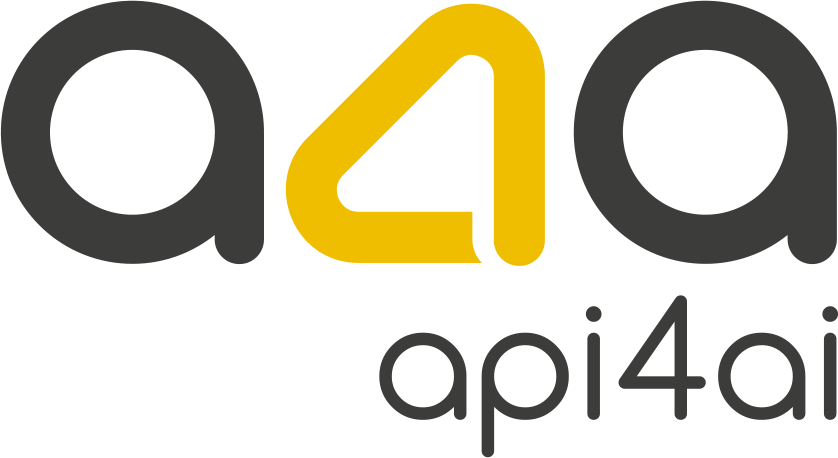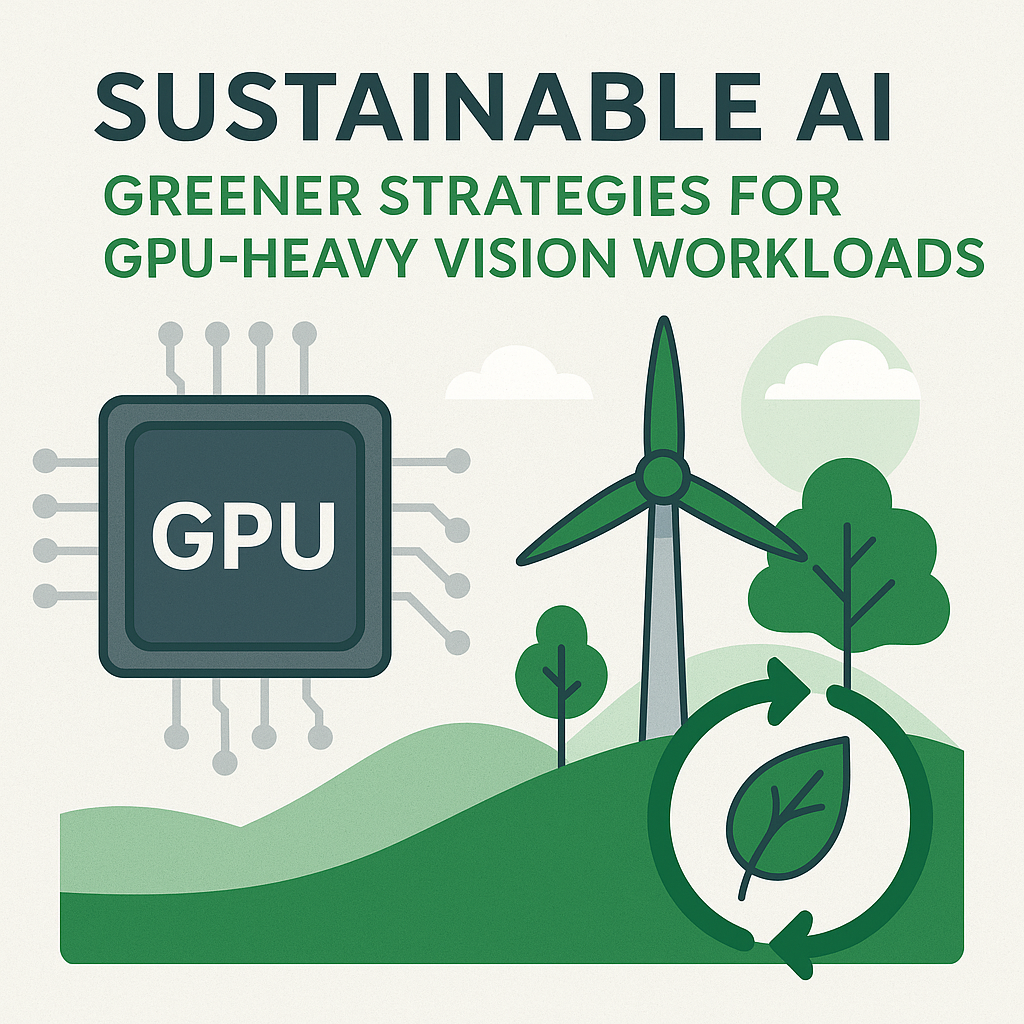
Sustainable AI: Greener Strategies for GPU-Heavy Vision Workloads
As computer vision becomes central to AI-powered innovation, the hidden costs of GPU-heavy workloads are coming into sharper focus. Beyond high cloud bills, these models carry a growing carbon footprint — posing risks to both ESG goals and operational efficiency. In this blog post, we explore actionable strategies for building greener, leaner vision systems. From smarter model architectures and efficient data pipelines to edge deployment and ready-to-use APIs, C-level executives will discover how to cut emissions, reduce costs, and future-proof their AI investments without compromising performance.
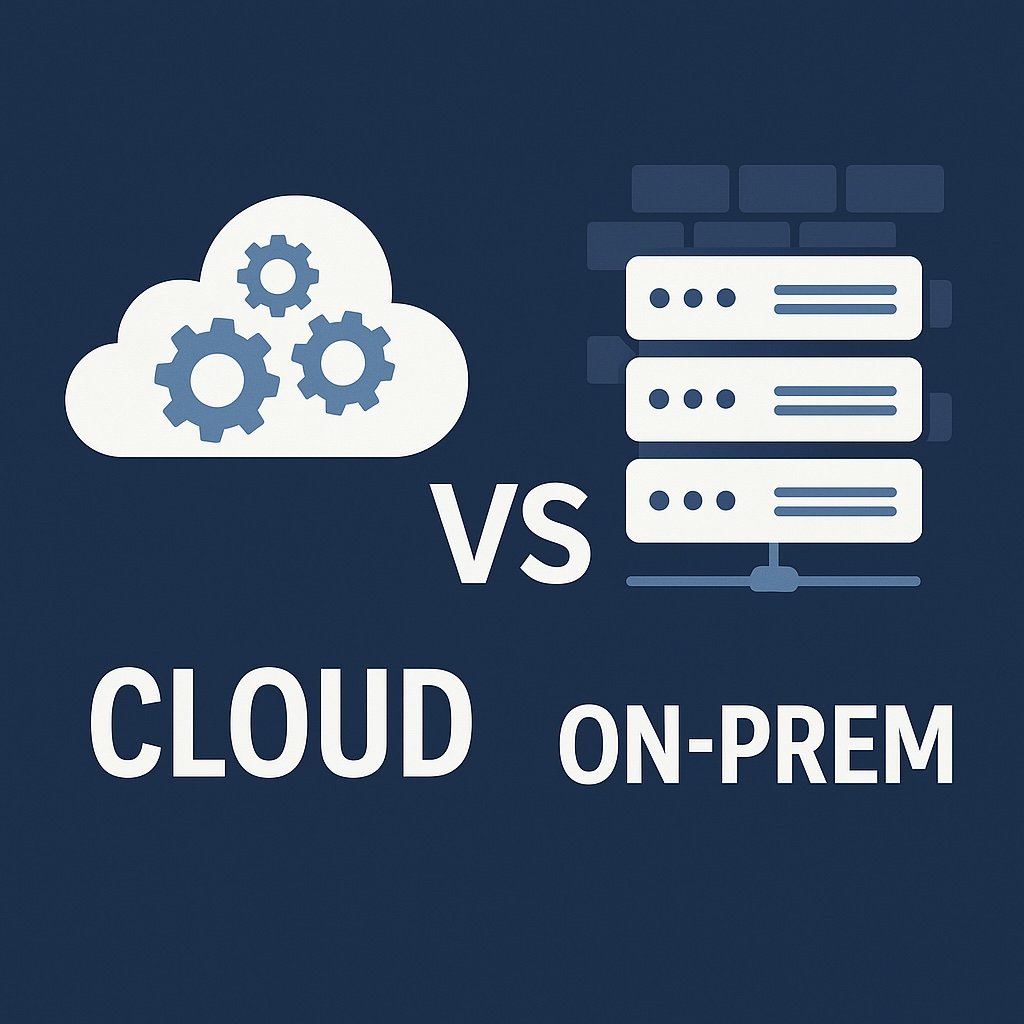
Cloud vs On-Prem: Which Is the Right Choice?
Cloud or on-prem? In 2025, this question is no longer just about infrastructure — it’s about innovation, speed, compliance, and cost strategy. As AI-powered image processing becomes integral to products and operations, C-level executives must weigh the trade-offs between agility, control, and long-term ROI. This post breaks down the key decision criteria, explores real-world deployment models, and reveals why hybrid strategies are becoming the blueprint for future-ready AI.

E-Commerce Pipelines: Auto-Tagging via Serverless Triggers
Tired of manually tagging product images? Discover how modern e-commerce teams are using serverless triggers to auto-tag photos the moment they’re uploaded. From S3 to search-ready in seconds, this guide shows how to combine Lambda functions with image labeling APIs to boost accuracy, speed up catalog updates and eliminate the need for constant server maintenance.

Industrial Inspection: From Cloud to Factory Floor
From micro-cracks in steel to mislabeled food packaging, today’s production lines demand more than human eyes can handle. Modern industrial inspection is evolving — powered by rugged cameras, smart edge devices and AI models that go beyond pass/fail to deliver real-time, score-based insights. In this blog post, we explore how manufacturers are moving from cloud prototypes to factory-floor deployment, using vision systems that adapt, learn and scale. Whether you're launching your first pilot or optimizing a mature line, this guide maps out the steps toward zero-defect manufacturing.

When Off‑The‑Shelf Fails: Custom Vision Solutions
Off-the-shelf vision APIs have made image recognition more accessible than ever, offering quick deployment and basic object detection capabilities. But when it comes to high-stakes industries like manufacturing, healthcare, agriculture and smart cities, the limitations of generic models quickly become apparent. Edge cases, domain-specific anomalies and real-time processing demands often expose gaps that standard solutions can't fill.
Custom vision models bridge this divide by delivering precision-tailored image recognition, built specifically for your business needs. Whether it's identifying microscopic defects on an assembly line, monitoring crop health from drone footage or ensuring brand protection in retail, bespoke models provide unmatched accuracy, reduced latency and full control over data privacy.
In this article, we explore the full journey — from identifying the weaknesses of off-the-shelf APIs to planning, building, and deploying a custom vision solution. Learn how the right development partner, combined with clear project scoping and smart MLOps practices, can transform your operations, reduce costs and give you a competitive edge in a data-driven world.

The Future of Software Developer Careers: Should Programmers Fear AI?
AI is transforming software development, but rather than replacing programmers, it is enhancing their capabilities. From AI-powered code assistants to low-code platforms, automation is streamlining workflows and freeing developers to focus on problem-solving, architecture and innovation. While some tasks are being automated, the demand for skilled engineers remains high, especially in areas like AI integration, cloud computing and cybersecurity.
The key to staying relevant is adaptability. Developers who embrace AI tools, learn new technologies and refine their strategic thinking will continue to thrive. Instead of fearing AI, the future belongs to those who leverage its potential to build smarter, more efficient and more scalable software solutions.

Cloud APIs: Key Benefits and Challenges for Online Businesses
Cloud APIs have rapidly emerged as vital tools powering online businesses by enabling faster innovation, lower costs and improved scalability. However, adopting them isn't without its challenges, including integration complexities, security risks and potential vendor lock-in. This article explores the significant benefits of cloud APIs, addresses common adoption hurdles, highlights the strategic value of custom API development and discusses emerging trends that are shaping the future of cloud-driven business.

Off-the-Shelf AI Cloud APIs for Enterprise Businesses: Pros & Cons
AI is transforming enterprise operations, offering automation, efficiency, and scalability like never before. Businesses today have two primary options for integrating AI into their workflows: off-the-shelf AI APIs or custom AI development. While ready-made AI APIs provide instant access to advanced AI capabilities such as OCR, object detection, background removal, and facial recognition, they also come with limitations in customization, cost scaling, and data privacy.
This blog post explores the advantages and drawbacks of off-the-shelf AI APIs, helping enterprises determine whether they should rely on pre-built AI models or invest in custom AI development. We discuss key factors such as cost efficiency, scalability, security concerns, and long-term sustainability, providing a strategic framework for businesses looking to maximize the benefits of AI while minimizing risks.
Choosing the right AI approach is crucial for driving efficiency, reducing operational costs, and staying ahead of the competition. Whether leveraging cloud-based AI APIs for quick integration or developing tailored AI solutions for specialized needs, enterprises must carefully evaluate their AI strategy to ensure long-term success.
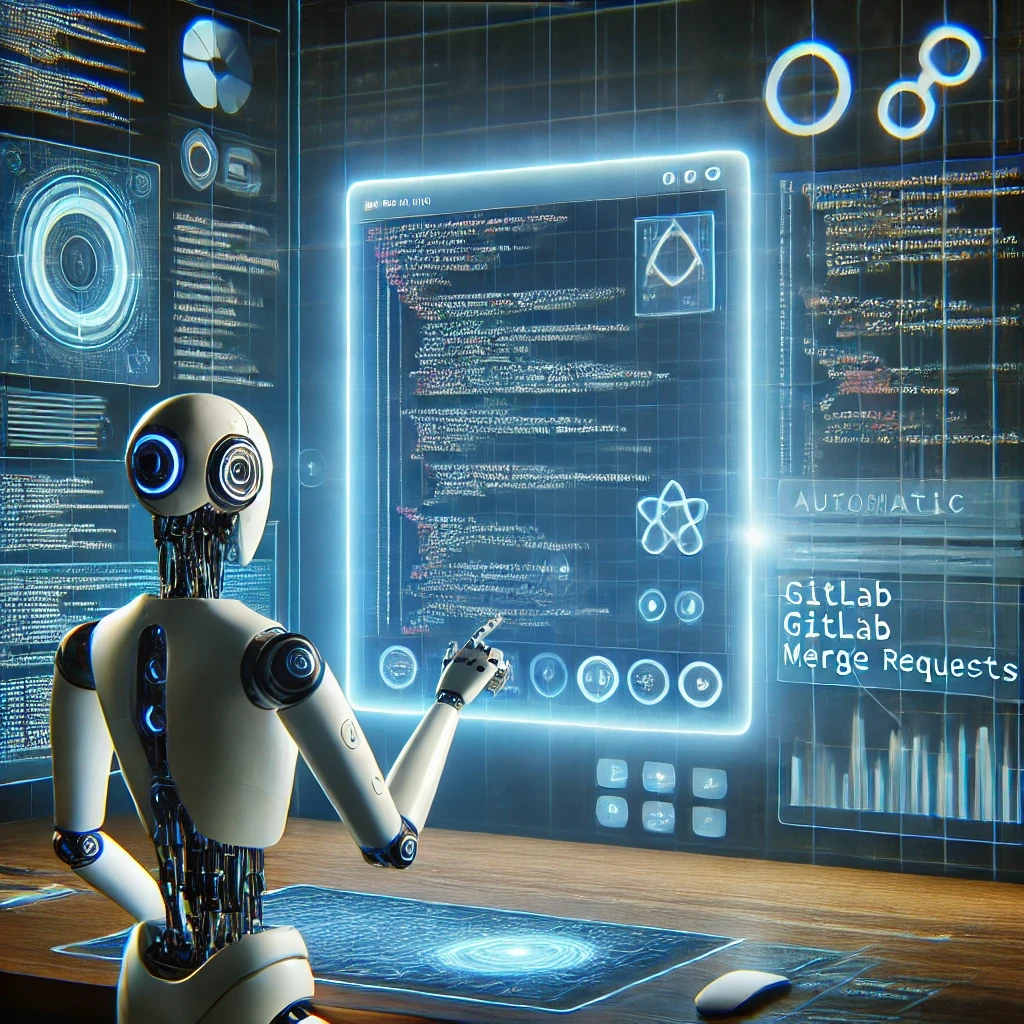
CRken: Automated Code Analysis for GitLab Merge Requests
Code reviews are essential for maintaining software quality, but traditional manual reviews can slow down development and introduce inconsistencies. CRken is an AI-powered code analysis tool designed to automate and enhance code reviews in GitLab Merge Requests. Built on large language models (LLMs), CRken provides intelligent, real-time feedback, helping teams accelerate development cycles while ensuring high code quality.
In this article, we explore how CRken works, its key benefits and real-world use cases — from large enterprises managing complex codebases to agile startups looking for faster feedback loops. We also discuss the challenges of AI-powered code review, including security considerations and the importance of human oversight, as well as future trends like AI-driven security scanning and full DevOps integration.
Whether you're aiming to reduce manual review overhead, speed up feature releases or maintain consistency across large teams, CRken offers a scalable, AI-powered solution to streamline your development workflow.
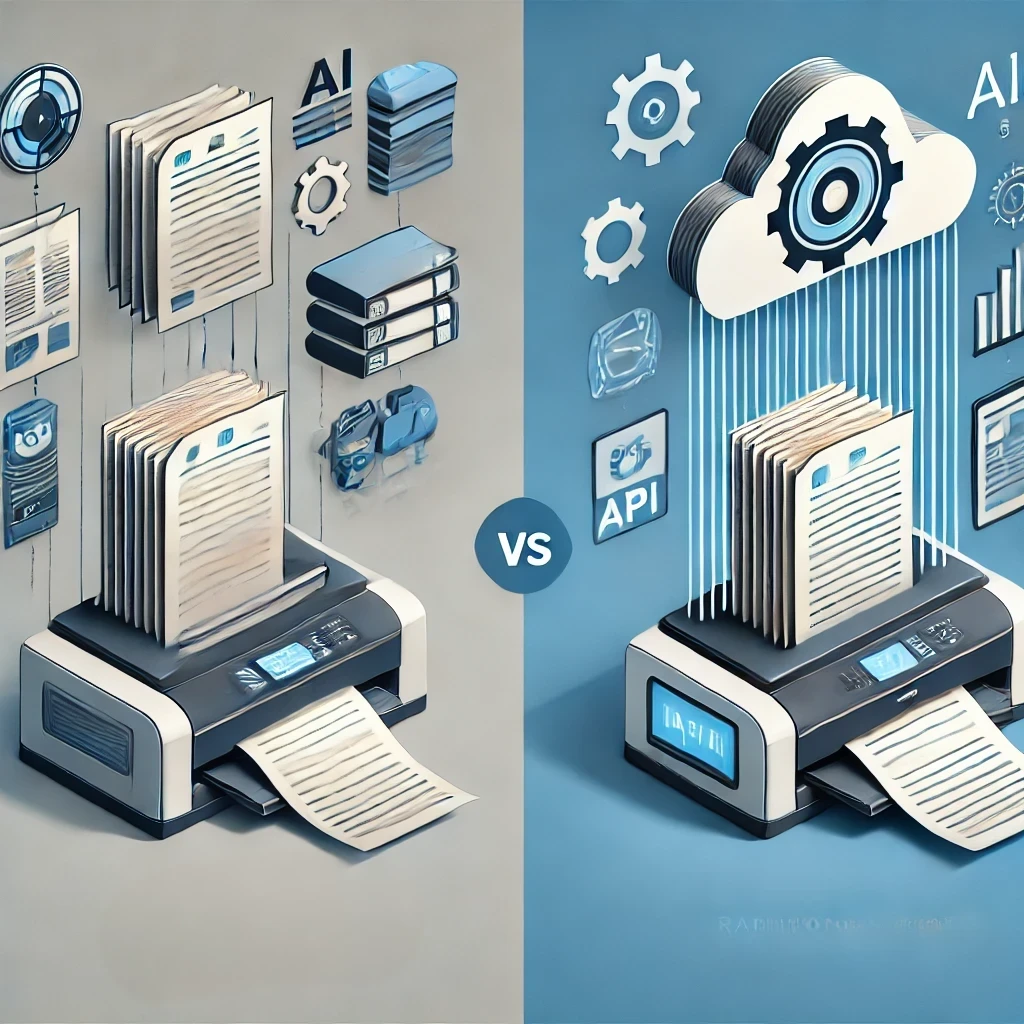
OCR API vs Traditional OCR Tools: Which One Wins?
OCR technology has revolutionized how businesses extract text from documents and images, eliminating the need for manual data entry. While traditional OCR tools offer offline functionality and full control over data processing, they come with high costs and scalability challenges. Cloud-based OCR APIs provide a modern, AI-driven alternative that is more flexible, cost-effective and easy to integrate. These solutions continuously improve accuracy, support multiple languages and scale effortlessly to meet growing demands. As businesses move toward automation, choosing the right OCR solution is essential for staying competitive. This guide explores the key differences between traditional OCR tools and OCR APIs, helping businesses determine the best approach for their needs.

Cloud vs Edge: The AI Deployment Strategy for Image Processing in 2025
In 2025, the choice between cloud and edge computing isn’t just about technology — it’s about crafting a strategic AI deployment plan that balances speed, scalability and security. Cloud computing excels in handling complex, large-scale image processing tasks, while edge computing offers unparalleled speed for real-time applications. By combining the strengths of both in a hybrid approach, businesses can reduce latency, safeguard sensitive data and optimize costs. This blog explores how to leverage the cloud-edge synergy, adapt to evolving AI advancements and build a future-ready image processing strategy that drives innovation and growth.
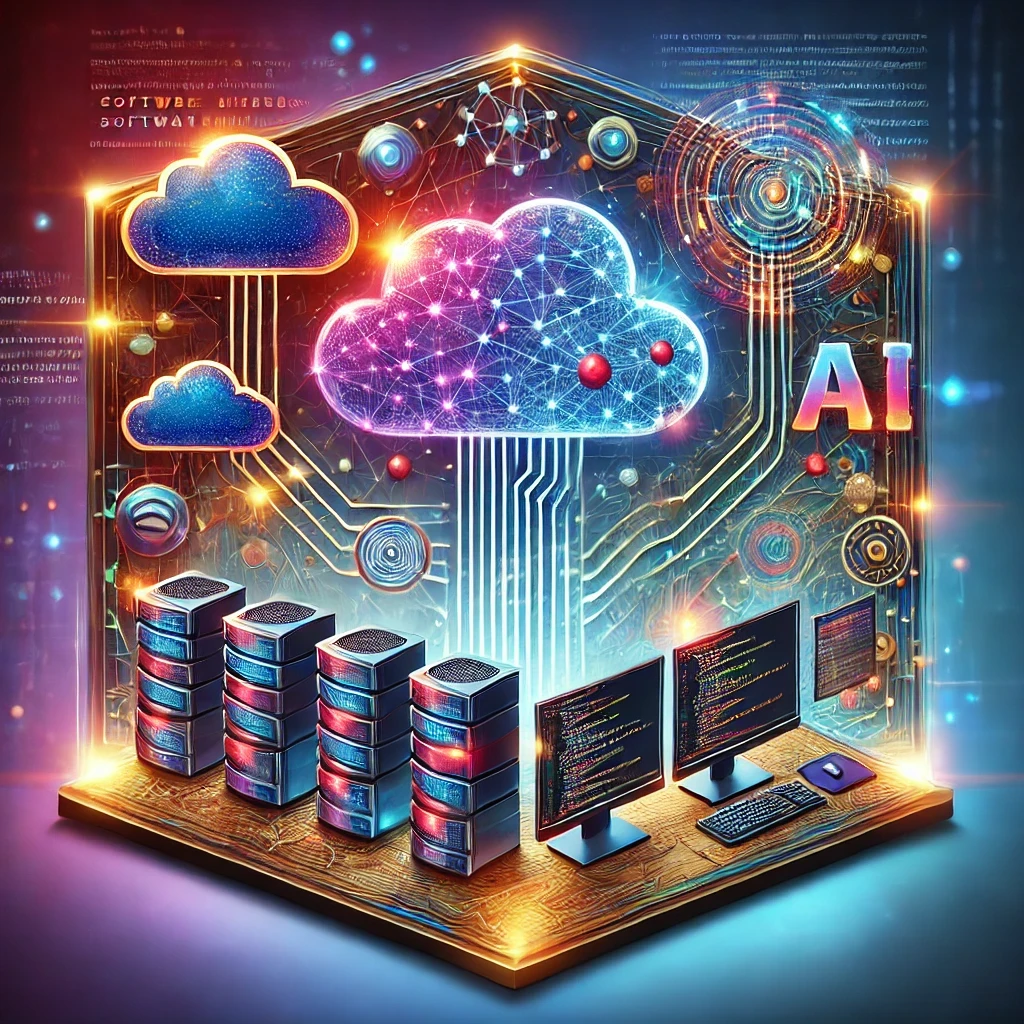
SaaS and AI in Software Development: How They Work Together to Drive Innovation
The synergy between Software as a Service (SaaS) and Artificial Intelligence (AI) is transforming the way businesses innovate and grow. By combining the scalability of SaaS with the intelligence of AI, organizations can automate processes, analyze data and deliver personalized user experiences like never before. From enhancing e-commerce product images to streamlining logistics and ensuring content safety, AI-powered SaaS solutions are revolutionizing industries. As cloud-based tools continue to evolve, now is the time for businesses to embrace this powerful duo to foster creativity, efficiency and long-term success.

Cloud-Based Image Processing: Flexible AI Solutions for Any Scale
Cloud-based AI image processing is revolutionizing the way businesses handle visual data, offering scalable, cost-effective and globally accessible solutions. From automating tasks like text extraction and background removal to addressing niche needs with custom AI models, these tools empower organizations to innovate, streamline workflows and stay competitive. By leveraging the flexibility and power of the cloud, businesses of all sizes can adapt to changing market demands, achieve sustainable growth and prepare for a future where visual intelligence drives success.
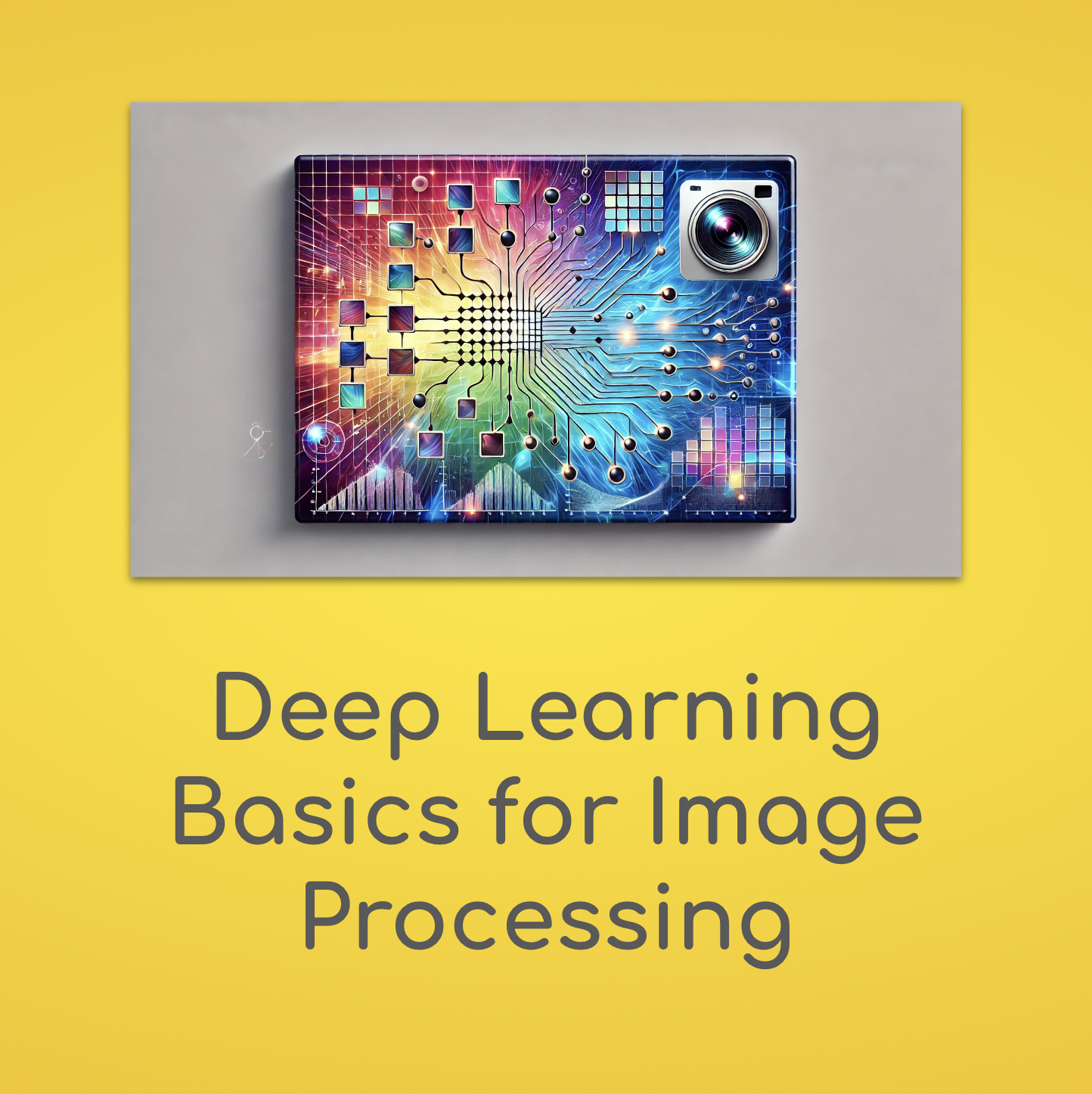
Deep Learning Basics for Image Processing
Deep learning is reshaping the landscape of image processing, enabling solutions that were once considered science fiction to become everyday reality. With neural networks capable of automatically extracting features and patterns, models now handle everything from simple classification tasks to complex challenges like object detection, image segmentation, and background removal. As advances in GPU computing and neural architectures make training these models more accessible, businesses and developers can quickly integrate robust visual intelligence into their products. Whether fine-tuning a pre-trained model through transfer learning, scaling operations using cloud-based APIs, or exploring cutting-edge techniques like self-supervised learning, the deep learning revolution puts powerful tools at the fingertips of anyone looking to transform raw images into actionable insights.
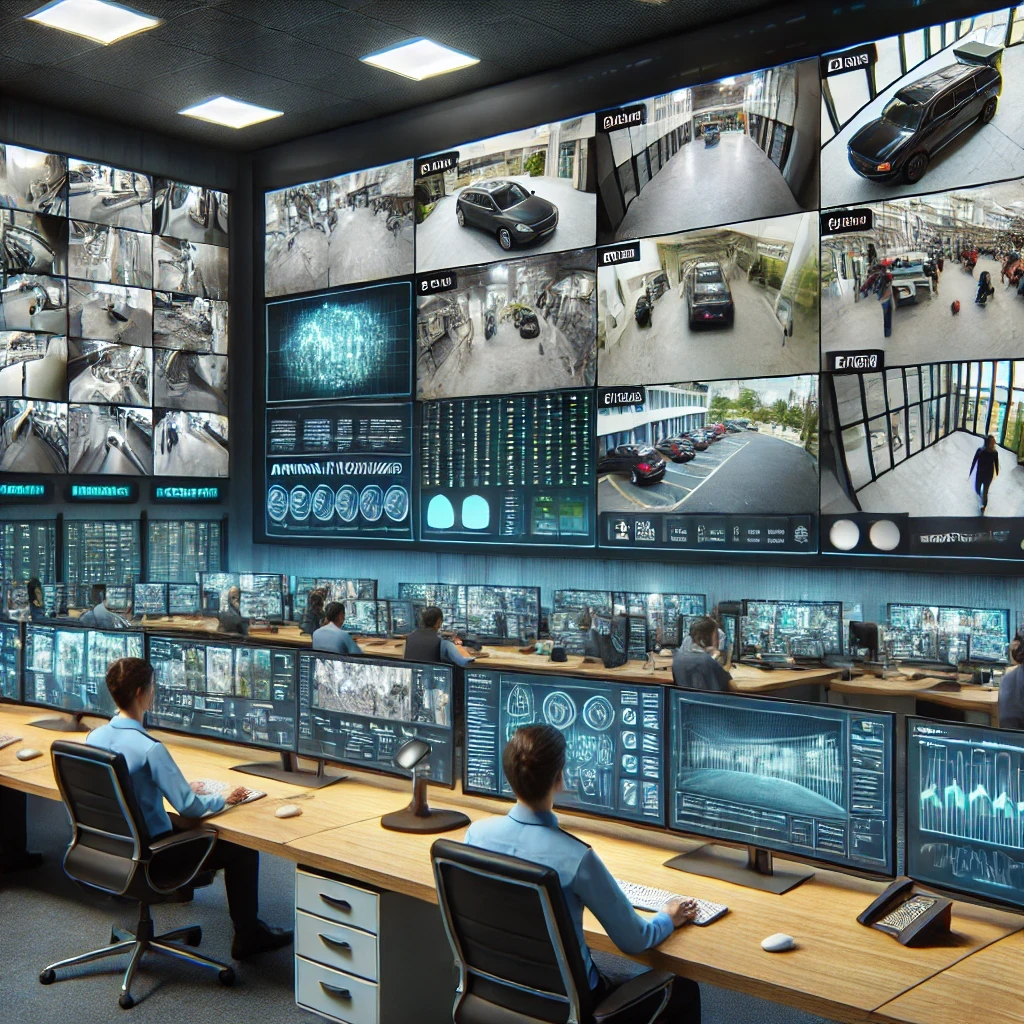
AI for Security: How Image Processing APIs Improve Surveillance and Monitoring
AI-powered image processing APIs are transforming security and surveillance by enabling real-time monitoring, automating routine tasks, and enhancing accuracy. These technologies allow organizations to scale their surveillance systems efficiently, improve response times, and proactively manage security risks. From city surveillance and retail security to transport hubs and healthcare, AI-driven APIs offer cost-effective, scalable solutions that integrate seamlessly with existing infrastructure. As the future of surveillance evolves, these APIs will continue to play a crucial role in enhancing safety and security across industries.
